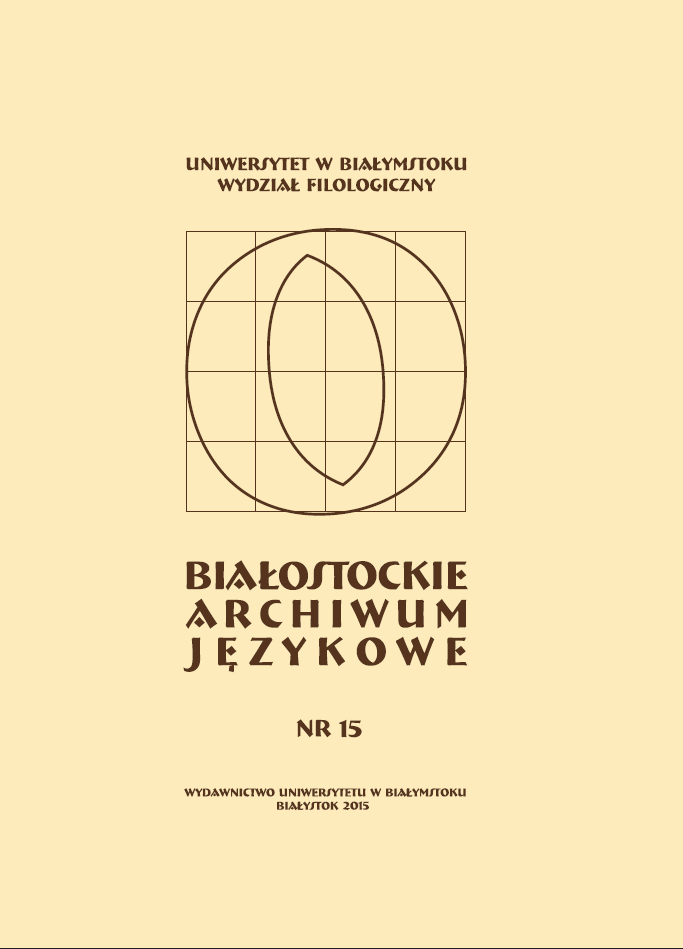Japanese translations of spatio-temporal prefixes in Medical English
Japanese translations of spatio-temporal prefixes in Medical English
Author(s): Masaharu Shimada, Akiko NaganoSubject(s): Language studies, Language and Literature Studies, Translation Studies
Published by: Wydawnictwo Uniwersytetu w Białymstoku
Keywords: Medical English; translation; spatio-temporal prefixes; adpositions
Summary/Abstract: There is a difficulty in translating Medical English into typologically unrelated languages like Japanese. For example, the Japanese counterparts of spatio-temporal prefixes, like post-, trans- and so forth, functioning as semantic heads, appear leftward or rightward in words: (1) a. postsynaptic - sinapusu koobu lit. synapsis post b. postcapillary - koo-moosaikan lit. post capillary. Based on Nagano’s (2013) idea that spatio-temporal prefixes in English are bound realizations of axial parts in the sense of Svenonius (2010), it is argued that Japanese translations like koobu and koo- are also axial parts. It also follows that Japanese has two options for the translation of spatio-temporal prefixes. Moreover, their subtle semantic difference is attributed to the difference in the wordness property between them. The translation of (1b) type sounds more like a technical term because it is a genuine word.
Journal: Białostockie Archiwum Językowe
- Issue Year: 2015
- Issue No: 15
- Page Range: 365-382
- Page Count: 18
- Language: English

